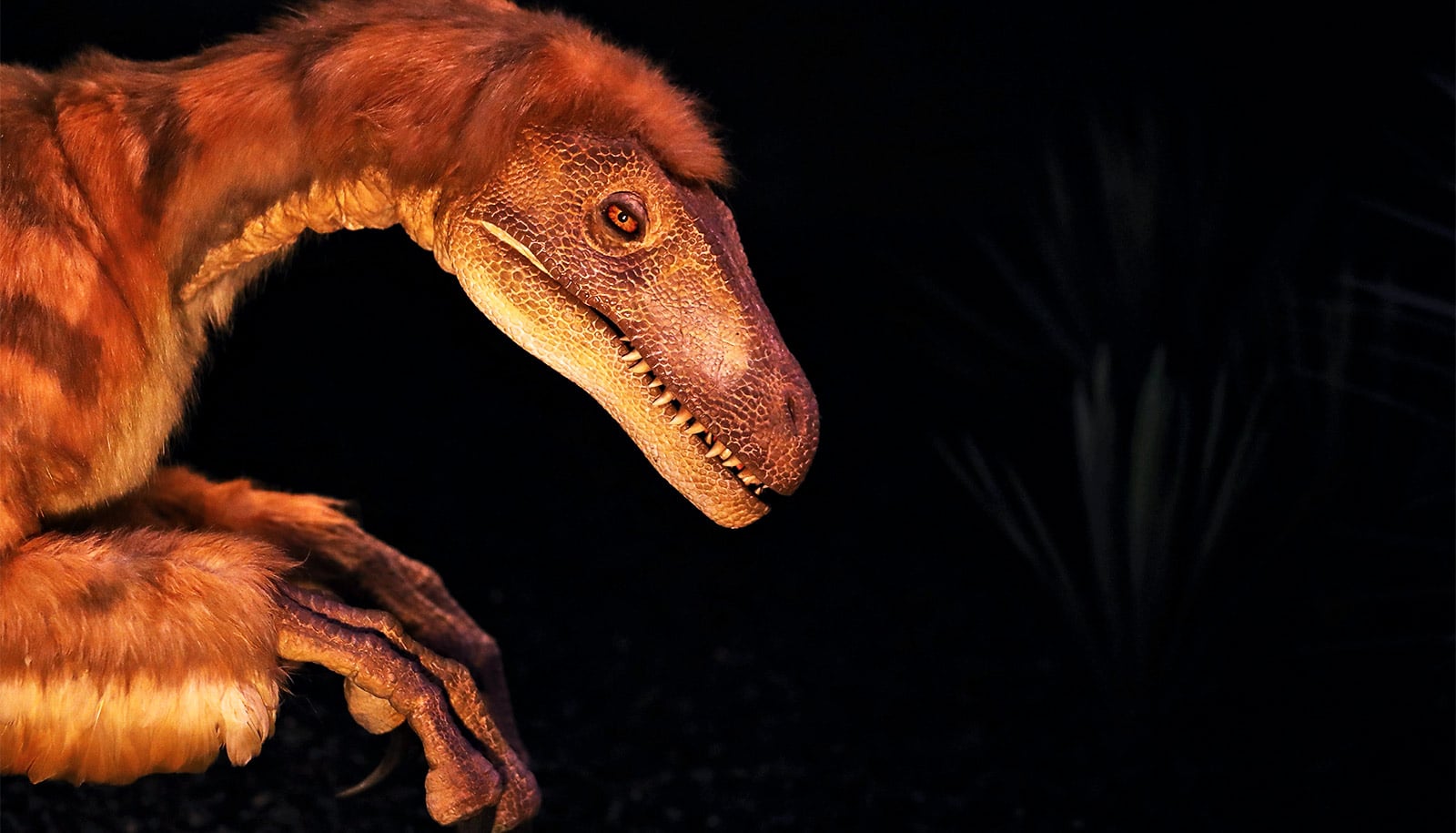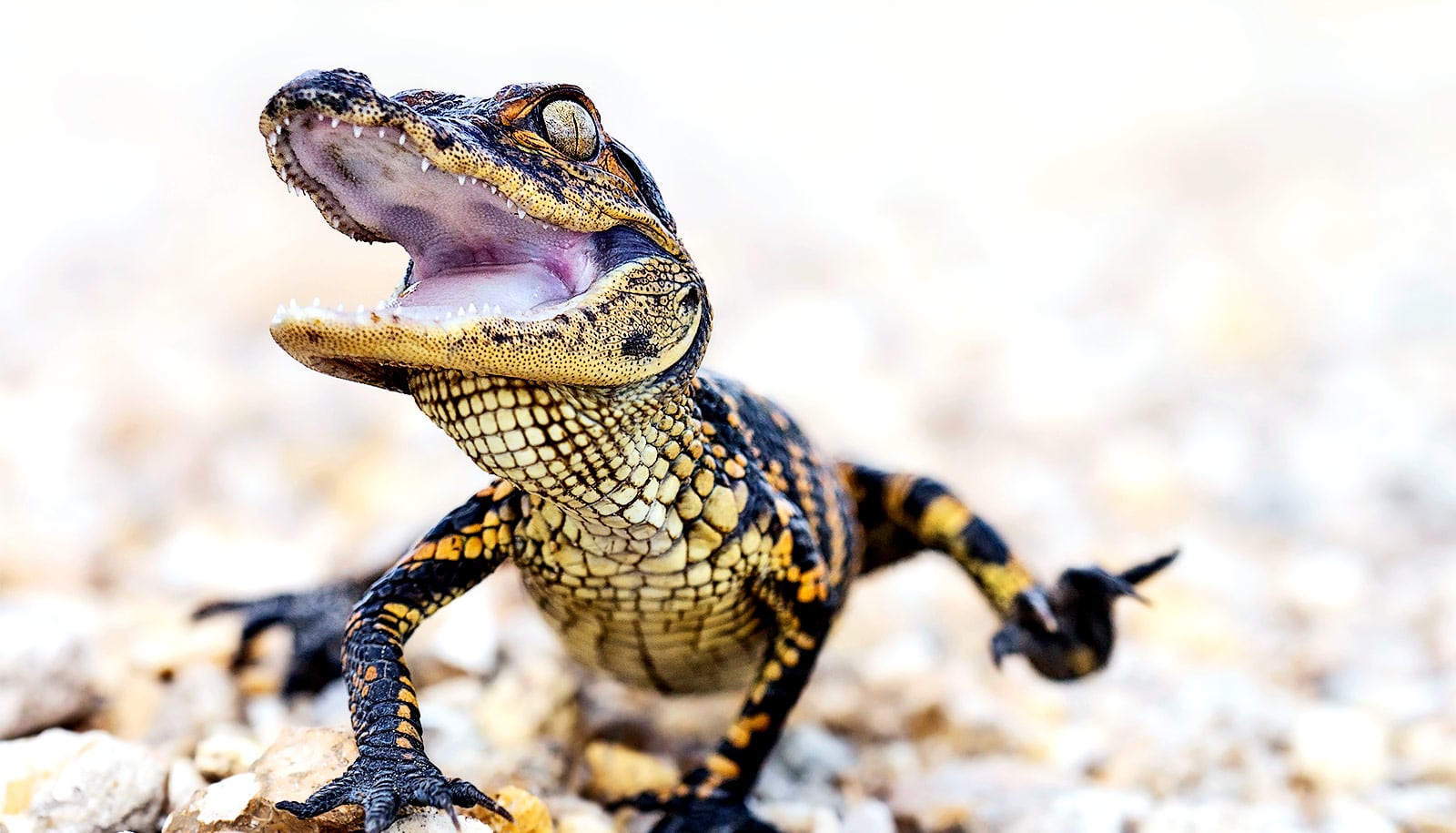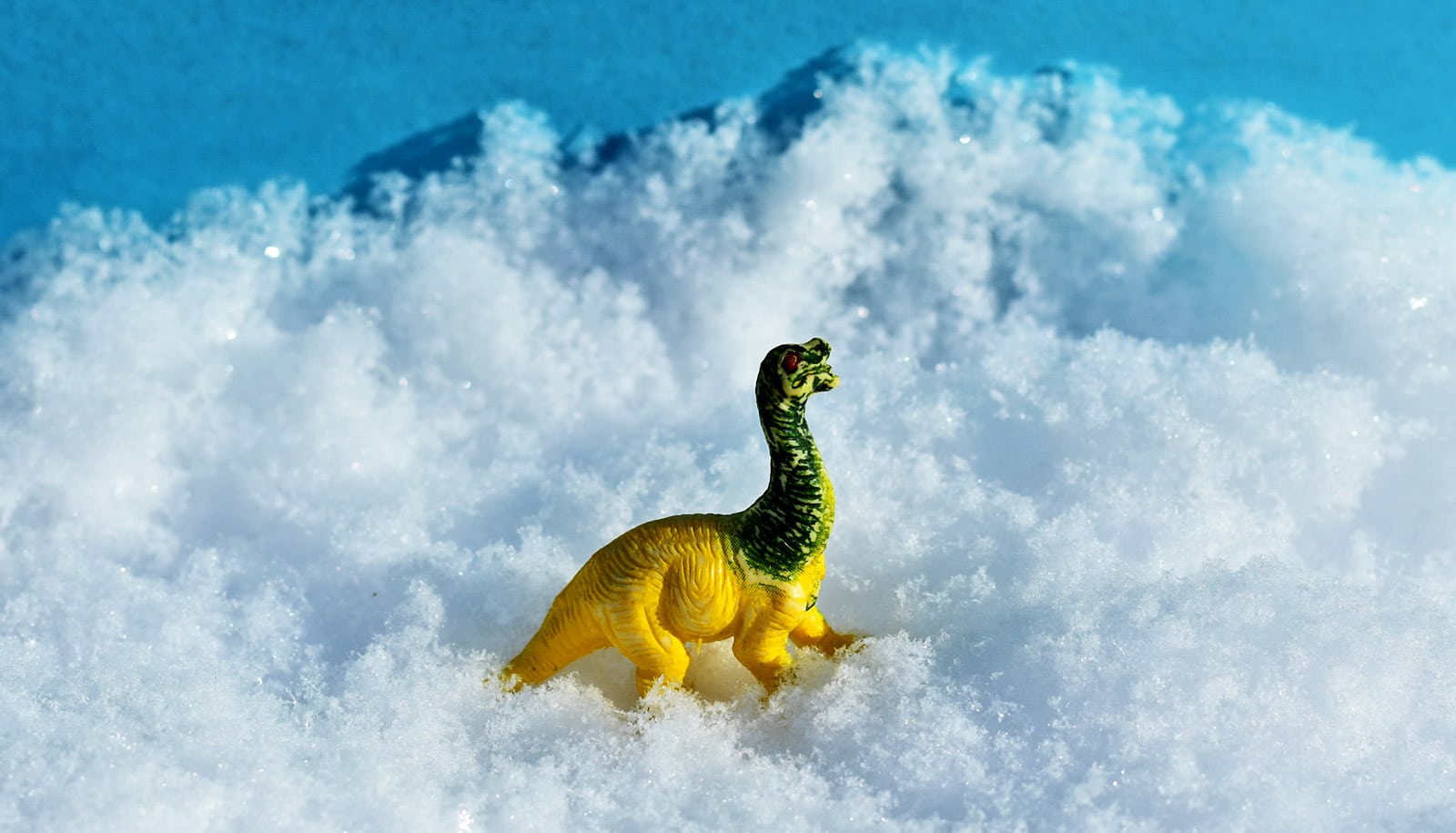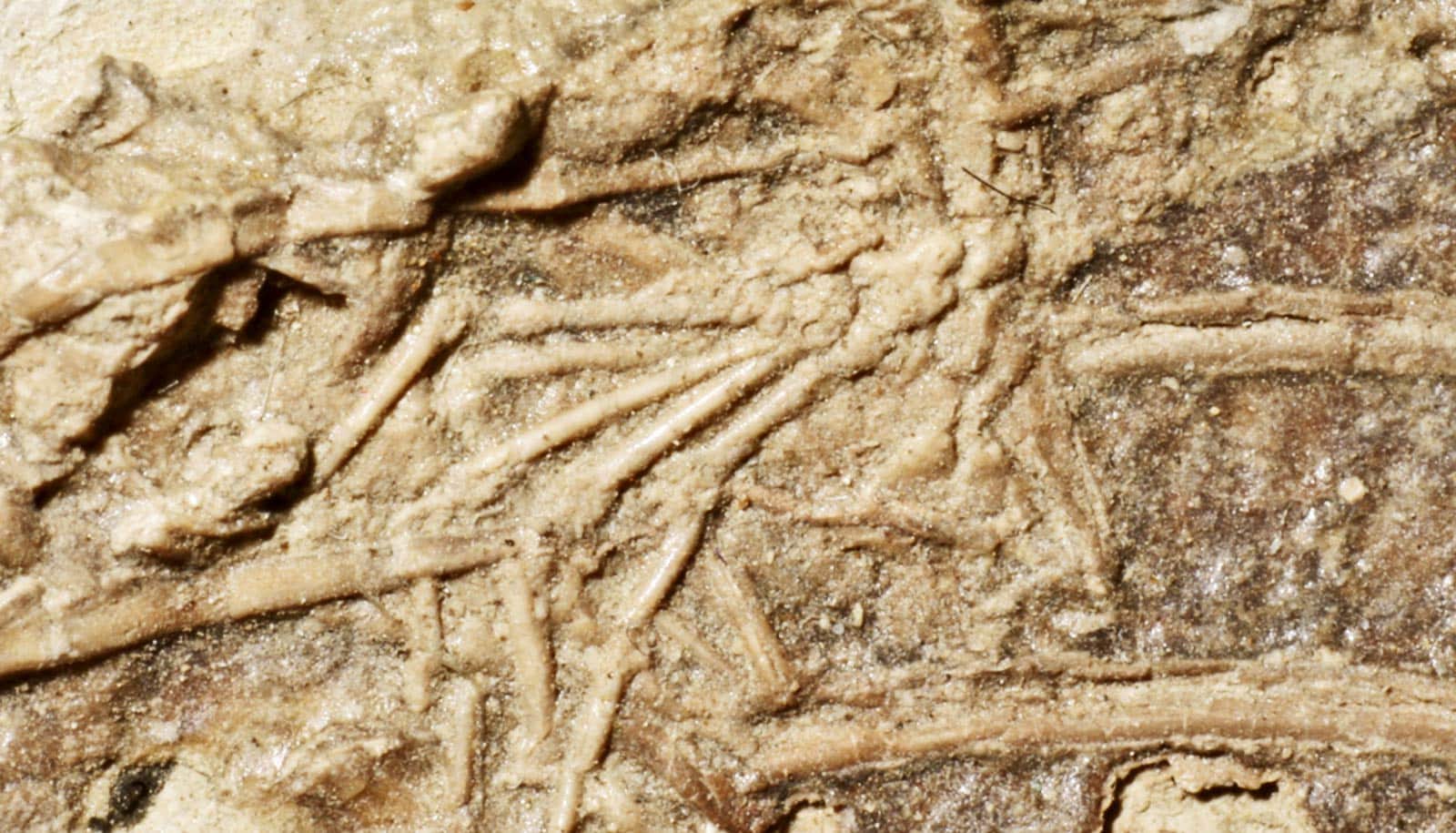Researchers have developed a new way to visualize how ancient animals moved as they roamed the Earth—starting with a bird-like dinosaur’s sickle-clawed foot.
The new approach, which uses computer animation software to combine 3D models of fossil bones with information gleaned from X-ray videos of the moving joints of modern animal species, could change our understanding of how prehistoric creatures chased prey, swam coastal waterways, soared across the sky, climbed over difficult terrain, and ate breakfast.
A study describing the new methodology appears in the journal Nature Communications.
“This is a new way to extract data that have long been locked away in the fossil record. In a sense, we’re re-animating the bones from a museum’s drawer,” says Armita Manafzadeh, lead author of the study. She is a Yale postdoctoral researcher affiliated with the Yale Institute for Biospheric Studies, the earth and planetary sciences department, and the Yale Peabody Museum.
For more than a century, paleontologists have relied upon fossilized bones—and the intuition of researchers—to predict the way extinct animals moved. Those “gut instincts” about movement became the basis for broader theories about how ancient animals behaved and interacted in the world.
New technologies, however, help provide more clarity.
For the study, the researchers took X-ray videos of a present-day bird walking on a treadmill and used the videos to precisely measure the ankle and toe joint poses of the bird. Simultaneously, using 3D models, they simulated motions of the same joints in cutting-edge computer animation software—testing millions of potential poses and assigning each pose a score from 0 to 100, to describe how well the bird’s bone surfaces fit together geometrically.
When the researchers compared the highest scoring potential poses with the reality of how birds walk, they found an amazingly accurate match.
“It gave us confidence that we could use 21st century technology to test the centuries-old paleontological intuition of what ‘looks right’ at a joint. We could now back up or overturn longstanding hunches with real data,” says Manafzadeh.
Manafzadeh’s method accounts for the intricate three-dimensional shapes of the bone surfaces that slide past each other within a joint, says coauthor Bhart-Anjan Bhullar, associate professor of earth and planetary sciences at Yale, associate curator at the Yale Peabody Museum.
“Motion is directed and constrained by these shapes, but modeling the interaction of their geometries is difficult,” Bhullar says. “Armita has nevertheless accomplished this modeling and, critically, validated the method by showing that it correctly predicts the walking poses of birds.”
Finally, the researchers used their approach on the stride and foot strike of Deinonychus antirrhopus, a “raptor” dinosaur discovered by Yale paleontologist John Ostrom in the 1960s and shown by Ostrom to be closely related to modern birds. Deinonychus achieved pop culture stardom in the 1990s when it was featured in the hit movie Jurassic Park.
The Yale Peabody Museum holds in its collections what are considered the best Deinonychus material in the world. Its 110-million-year-old bones are almost perfectly preserved, which permitted Manafzadeh and her colleagues to analyze the delicate joint surfaces of its feet.
“Deinonychus is such an important animal,” Manafzadeh says. “It helped solidify our understanding of the dinosaur-bird connection, and it has an incredible, terrible, claw on its second toe that has long fascinated paleontologists and the public.”
Thanks to the new visualization approach, she says, scientists can reconstruct with a greater degree of confidence how Deinonychus walked, how it held its clawed toe off the ground, and how it engaged its so-called “killing kick” to attack prey.
Manafzadeh conceived the idea for the new joint pose scoring system. She designed it with coauthor Stephen Gatesy of Brown University and analyzed the resulting data with Gatesy and Bhullar.
Manafzadeh says she wants to visually reconstruct the movements of as many extinct animals as possible, based on the shapes of their bones and comparative data from X-ray videos of their present-day relatives.
“That is the endgame here,” she says. “Joints enable virtually every motion that animals engage in, from the shoulders of an animal in flight to the jaws of an animal that is feeding. Our work establishes a framework for more fully harnessing the 3D shape data preserved in fossil bones, allowing us to better reconstruct how the joints of extinct animals moved, and ultimately, how that motion has evolved over deep time.”
Source: Yale University



